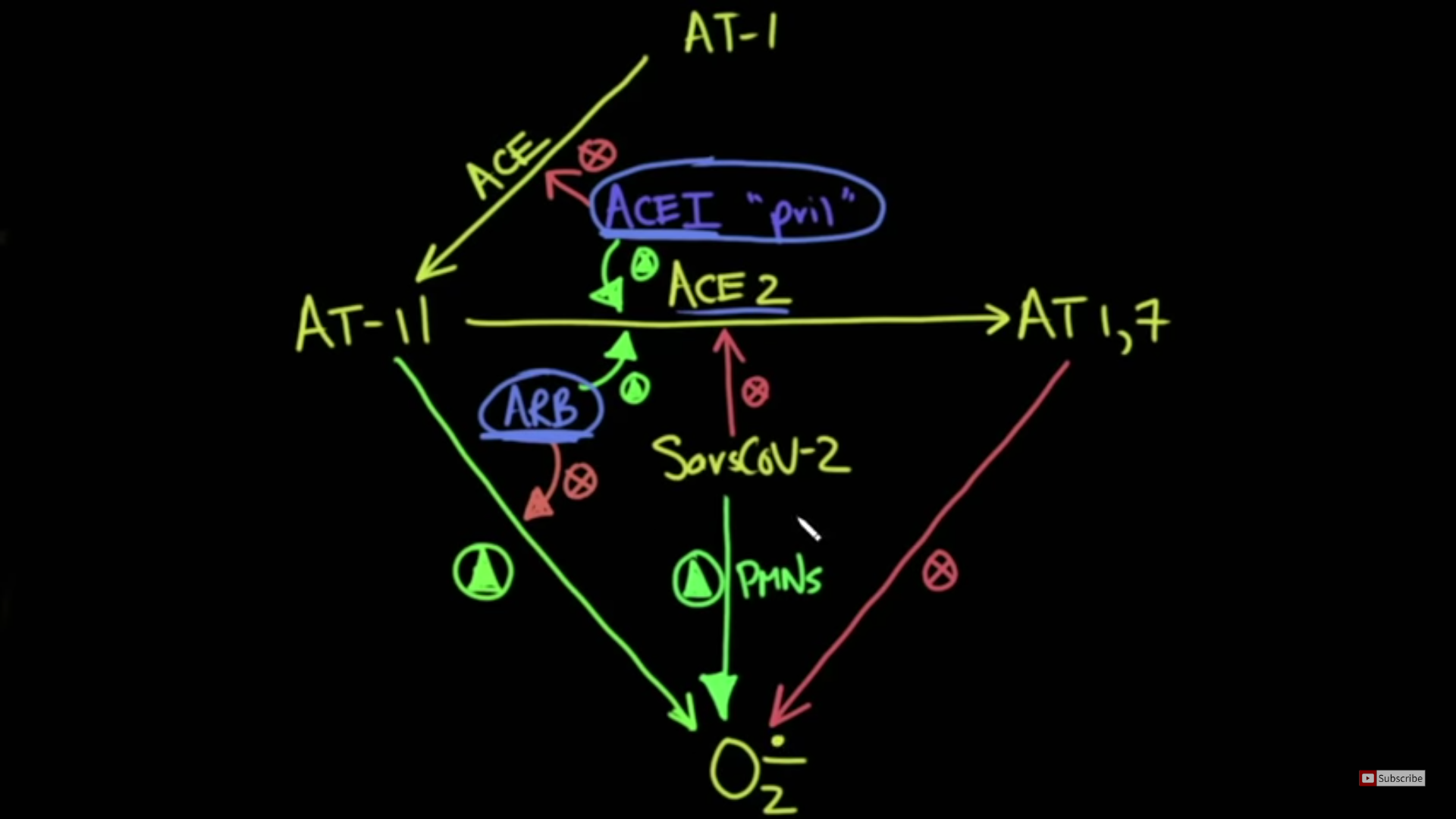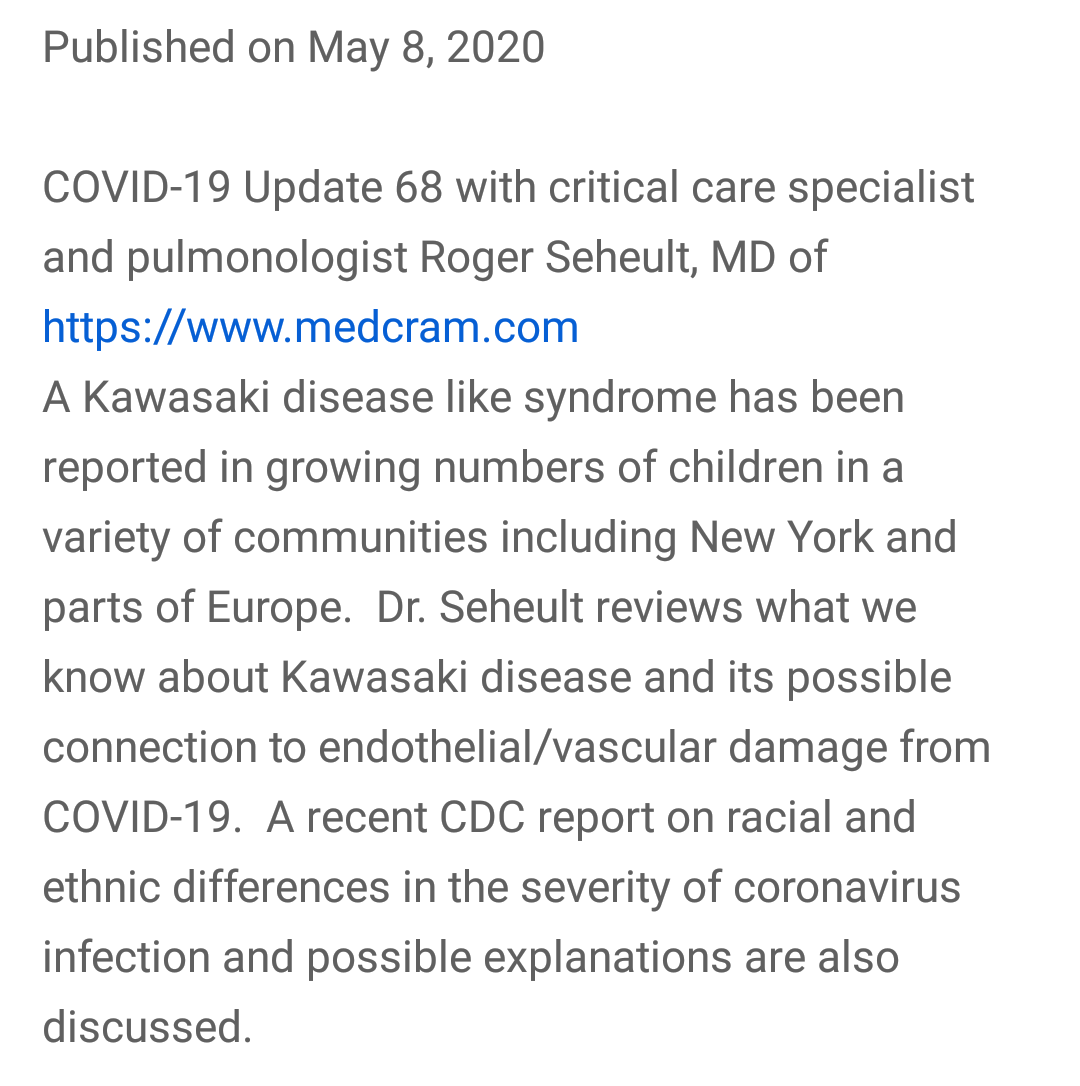Before we begin please note the October 2015 peer-reviewed research paper reporting that early treatment with hyroxychloroquine prevents the development of endothelial dysfunction in Lupus.
And now on to SARS-COV-2 Endothelial Function – Part 4:
First we review:

- SARS-COV-2 attacks the ACE 2 receptor
- Results in increase of AT-II & reduction of AT 1,7
- This causes increase in super oxide creation (oxidative stress)
- Which causes endothelial cell dysfunction through nitric oxide pathway
- VWF (Von Willebrand factor) gets spilled out
- Causing an increase in thrombosis (blood clot) at the location of the inflammation
In this new video lesson we learn of a May 2004 research paper describing how African Americans have a lower cellular bioavailability of nitric oxide (NO), which limits their reduction of oxidative stress. (Remember oxidative stress is not desirable, it damages the endothelial.)
This could explain, among other factors, why particular ethnic groups are experiencing increased severity in coronavirus infections.

Covid-19 disease appears to induce an illness in young children similar to Kawasaki (vascular) disease.
A paper published in 2010 is discussed in the video. Researchers hypothesize that in typical Kawasaki disease a pathogen, probably a virus, invades via the respiratory and digestive organs. (This is precisely what doctors are seeing with coronavirus disease.) Also cytoplasmic inclusion bodies were observed in bronchial endothelium.
Perhaps Kawasaki disease is a response to the body’s inflammation and immune system in response to fighting a virus. This may explain why we are seeing more Kawasaki-type disease at the same time coronavirus is circulating in the population.
(See Dr. Caldwell Esselstyn’s BRIEF description of endothelial function HERE. )